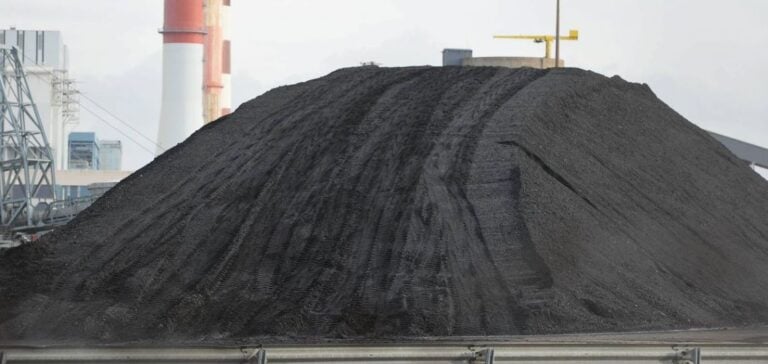Global demand for thermal coal, particularly in Asia and Europe, is expected to support U.S. coal exports in 2025. This comes as the U.S. electric power sector marginally increases its coal consumption, temporarily slowing coal plant retirements.
During a recent conference, Peabody, a leading coal producer, highlighted that coal demand growth is concentrated in Asia. Imports in India and China have risen by 12% and 8%, respectively, compared to the previous year. The International Energy Agency (IEA) also revised its 2030 global coal consumption forecast upward, reflecting the ongoing resilience of this energy source amid the transition to cleaner energy.
Growth in U.S. Exports Projected
Analysts at S&P Global Commodity Insights project that U.S. thermal coal exports will reach 55 million short tons (st) in 2025. Additionally, the top five destinations for U.S. seaborne thermal coal exports from January to October 2024 include India (10.4 million metric tons), Morocco (4.3 million metric tons), and Egypt (3.4 million metric tons). This demand remains strong despite a decline in U.S. FOB coal prices on the West Coast, which averaged $96.85/ton in November.
European Uptick Influenced by Winter Conditions
In Europe, demand for thermal coal is increasing due to low inventories and uncertainties about natural gas supplies. CONSOL Energy recently shipped over 400,000 tons to Europe, reflecting a renewed interest in coal as winter approaches. European delivered coal prices (CIF ARA) hit a seven-month high of $125.30/ton.
Domestic Support for Thermal Coal
In the U.S., several factors are bolstering domestic coal consumption. The U.S. Energy Information Administration (EIA) predicts a 0.4% increase in U.S. electric power sector coal consumption in 2025, reaching 371.7 million st. Data center growth and electric vehicle (EV) adoption are driving energy demand, delaying some coal plant closures until as late as 2038.
Furthermore, a projected increase in natural gas prices, expected to reach $4.26/MMBtu in 2025, should enhance coal’s competitiveness in the national energy mix. However, domestic coal prices have remained relatively stable, with Central Appalachian coal at approximately $73.50/ton.
Prolonged Energy Transition
Although the shift to more sustainable energy sources remains a priority for producers and policymakers, recent data indicate that coal will continue to play a crucial role in providing reliable and affordable energy. Delays in coal plant closures and uncertainties around alternative energy sources highlight the complexity of this transition.
Meanwhile, U.S. coal exports may also benefit from rising demand in North Africa, with Morocco surpassing 2023 import levels. Shipments to Morocco totaled 4.3 million metric tons by October 2024.






















